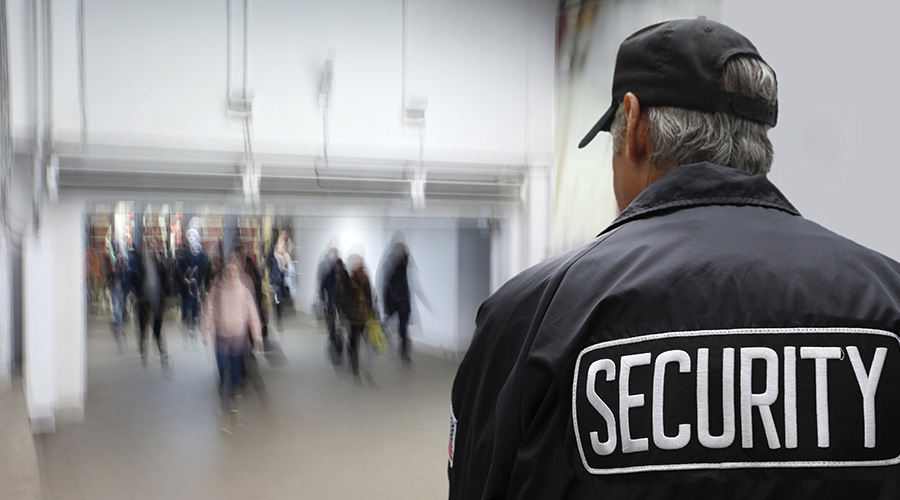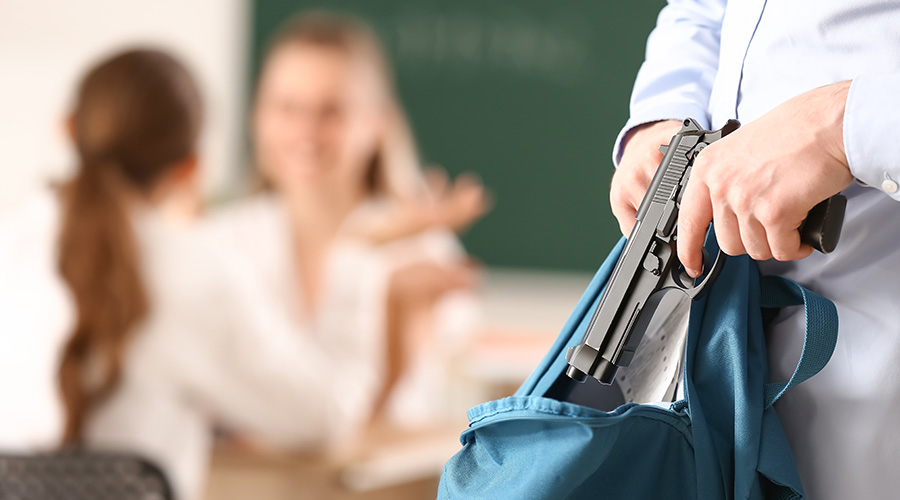Preventing Campus Violence Requires Diligence
Pay attention. That is one of three keys to preventing tragedies like the one at Virginia Tech this week, according to Kansas State University's Briana Nelson Goff.
By CleanLink Editorial Staff
Pay attention. That is one of three keys to preventing tragedies like the one at Virginia Tech this week, according to Kansas State University's Briana Nelson Goff.
Goff, interim assistant dean of K-State's College of Human Ecology and associate professor of family studies and human services, leads the Trauma Research, Education and Consultation at K-State, or Treck team. She also is coordinator of the Kansas All-Hazards Behavioral Health Program that helps educate those responding to disasters.
K-State's TRECK team focuses on conducting research and educating professional and the public about traumatic events and how they affect individuals, families and institutions.
Although no preventive measure is foolproof, Goff suggests three steps institutions and individuals can take: be aware, be prepared and take action.
First, pay attention to those around you. Research has shown that people are reluctant to get involved or do not feel equipped to help, according to Goff.
Learn to recognize cries for help. Take them seriously. "Cries for help might not be verbalized," she says.
But note changes in behavior such as withdrawing from others, becoming increasingly angry or being uncommonly absent from class or work, Goff says.
"A counselor might recognize symptoms and know how to deal with them, but someone without training might not," she says. "We need to help faculty and staff gain skills to help students and colleagues."
Second, institutions must have a plan of action that includes safety and communications. Most probably believe they are prepared until something happens, Goff said.
Each individual should have a plan that includes whom to contact in an emergency, what personal phone calls to make, how to be safe in a dorm room, classroom or car, she said.
Third, take action.
"If you recognize a problem, do something. Intervene, especially with students. Talk to them," says Goff.
"Unlike other school violence issues, such as instructor assault or bullying or general disorder, a school shooter is not focused on an individual," says Amit Gavish, Senior Corporate Advisor for International Security Issues at SSC Inc., a Shelton, CT., security company. Gavish is also a former deputy director of security at the office of the president of Israel.
"Profiling a school shooter is not particularly feasible and is counterproductive. Profiling makes us focus on characteristics of a person while we want to focus on his behavior and stress signs he exhibits," Gavish says.
According to Gavish, there are three variables that are shared in most school shooting incidents:
1. The shooter has a plan and does plan ahead
2. He or she is likely to share the plan with another person and
exhibit some behavioral signs or verbal cues.
3. Once an attack is initiated it will not stop until the shooter is
stopped or takes his own life.
Gavish suggests that campuses need to focus efforts at making sure they have a plan in place for picking up and reacting upon signs, indicators, and cues
an attacker will exhibit.
Equally important is having plan in place for mitigating and minimizing the threat of such attacks in mass gathering locations on a campus environment, along with the ability to respond fast to an incident and interdict the shooter
once an incident occurs, Gavish says.
Lastly, Goff advised vigilance but not hyper-vigilance. "Don't become paranoid. Don't stay home and quit interacting with people. But do be aware of what's happening around you," she said.
Related Topics:











